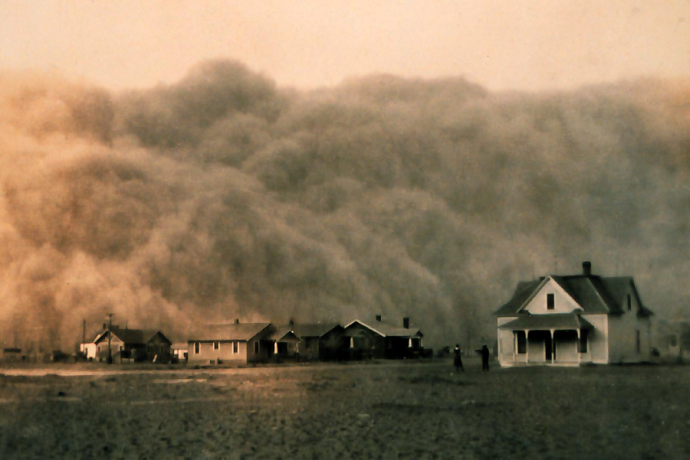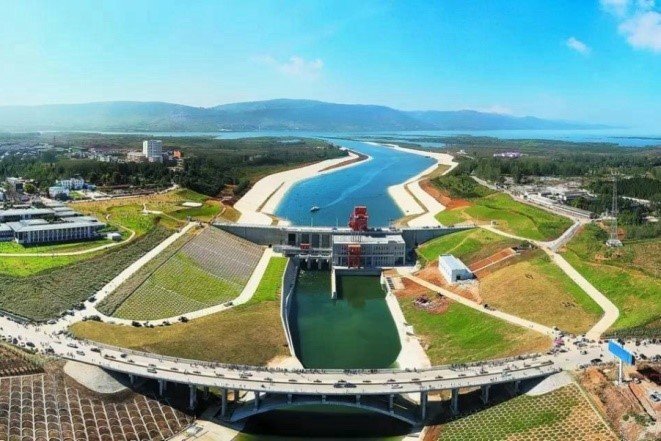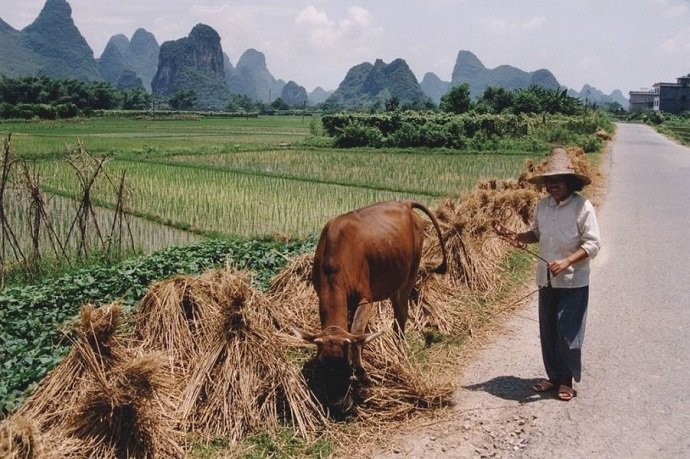
Will We Really Have Water Forever
Water truly is our most precious resource. We can go without food for up to thirty days. After three, we die of thirst because our bodies are almost 60% water. Babies are 75% water when they arrive. Water is life. When I was growing up in the 1960’s we thought the supply would last forever.
Our kindred planet, Mars once had water in abundance, but now there appears to be none. There is no question about this. Curiosity Rover has been looking long enough to confirm the ‘red planet’ is a dead planet insofar as moisture is concerned. Some scientists are starting to think the water evaporated as the atmosphere thinned.

Mars on Earth When Wells Run Dry
So far, we are doing well, with our water covering 71% of earth’s surface. Of this, 97% is ocean. Of the remaining 2.5%, 99% is ice at the north and south poles. We have only to observe what happens in a drought to realise how perilous our position really is. We are not nearly as well off as we may think.
In the 1930’s, the U.S. and Canadian prairies entered a series of severe droughts and dust storms. Deep ploughing methods had replaced the native, deep-rooted grasses. The soil had become incapable of holding moisture. Choking billows of dust travelled as far as New York City. Farmers fled the ‘dust bowl’ in huge numbers and never returned because their livelihood had vanished.

How Much Groundwater Do We Have to Waste
We had a drought in the 1960’s where we lived, and could not use the taps to water the garden. My father put down a borehole and we had abundant water again. I imagined a huge river running deep underground, continuously bringing more water for the pump to suck up. We were environmental innocents. We believed there were enough fish in the sea to feed us forever.
Since we cannot make water, at least in useful proportions, we collect it for our cities in huge storage dams. Much of this is lost to evaporation and dams are expensive. Hence, city administrators prefer to pump ‘free water’ from aquifers deep underground. Groundwater is the largest source of usable water in the United States. Many municipalities rely on it entirely.

Aquifers are Not Open-Ended Water Sources
In the illustration, floodwater enters an unconfined dam, before filtering through permeable rock to lie in an aquifer below. If we were to pump water out of it more rapidly than it arrives, then the chamber would empty. The rocks would dry out and crack. Eventually, the canopy above would collapse, and we would have a sinkhole.
The Worrying Water Situation in Beijing, China
Scientists in China have been researching the water situation in the arid northern plains where there are no significant rivers. For centuries, Beijing’s residents have depended on aquifers to quench their thirst. The researchers have discovered the aquifers are drying up. The reasons are twofold: The current dry period and the metropolitan city’s population growing by 44% in a decade, with inevitable results.
They conclude that Beijing is “one of the most water-stressed cities in the world. Due to over-exploitation of groundwater, the Beijing region has been suffering from land subsidence since 1935.” The results of their remote sensing technology seem like something out of science fiction. If Beijing relied on its own water resources, it could not be sustainable.

How Beijing Sinks as the Aquifer Collapses
Their study reveals that Beijing has been dropping at a rate of 4.3 inches a year, as permeable rock hundreds of feet underground degrades. Water removed from the aquifer leaves pockets of air that eventually collapse. Professor Long Di of Tsinghua University’s Institute of Hydrology and Water Resources in Beijing has told China Dialogue that the process is irreversible.
Beijing is not alone in this. Similar things are happening to a lesser extent in Tokyo, Central Valley in California, Venice, Bangkok, Ho Chi Minh, and Jakarta. During the past two years, China has reversed the aquifer deterioration with a massive canalisation project bringing remote water from the humid south to Beijing.














